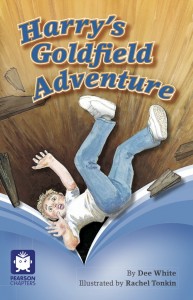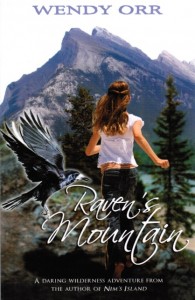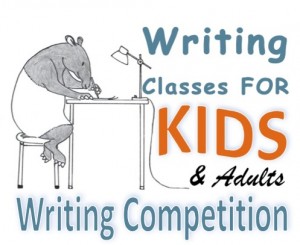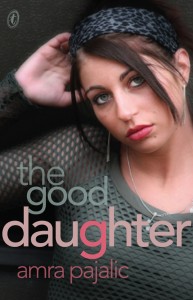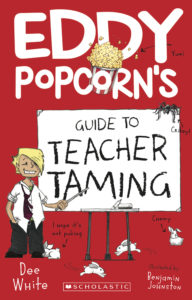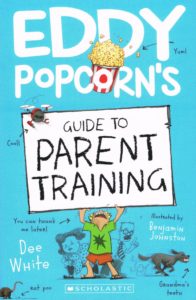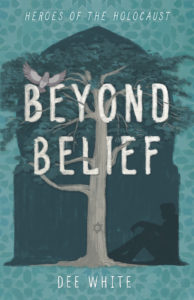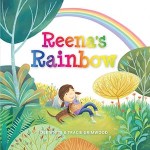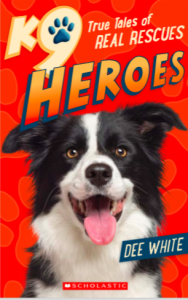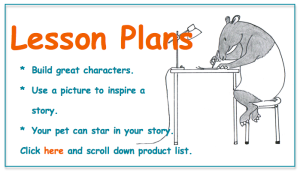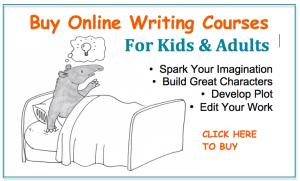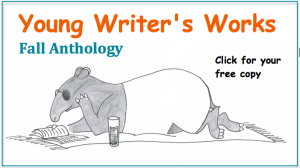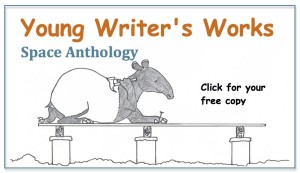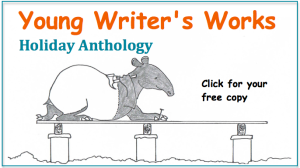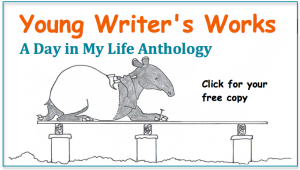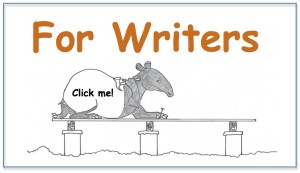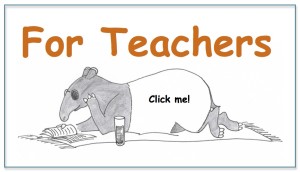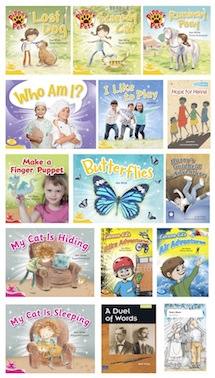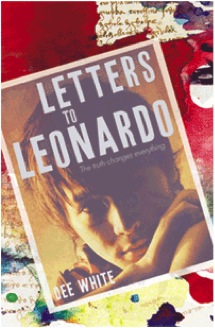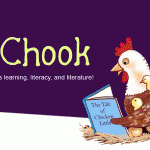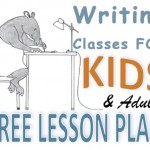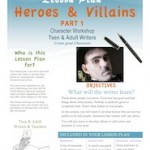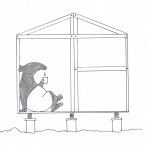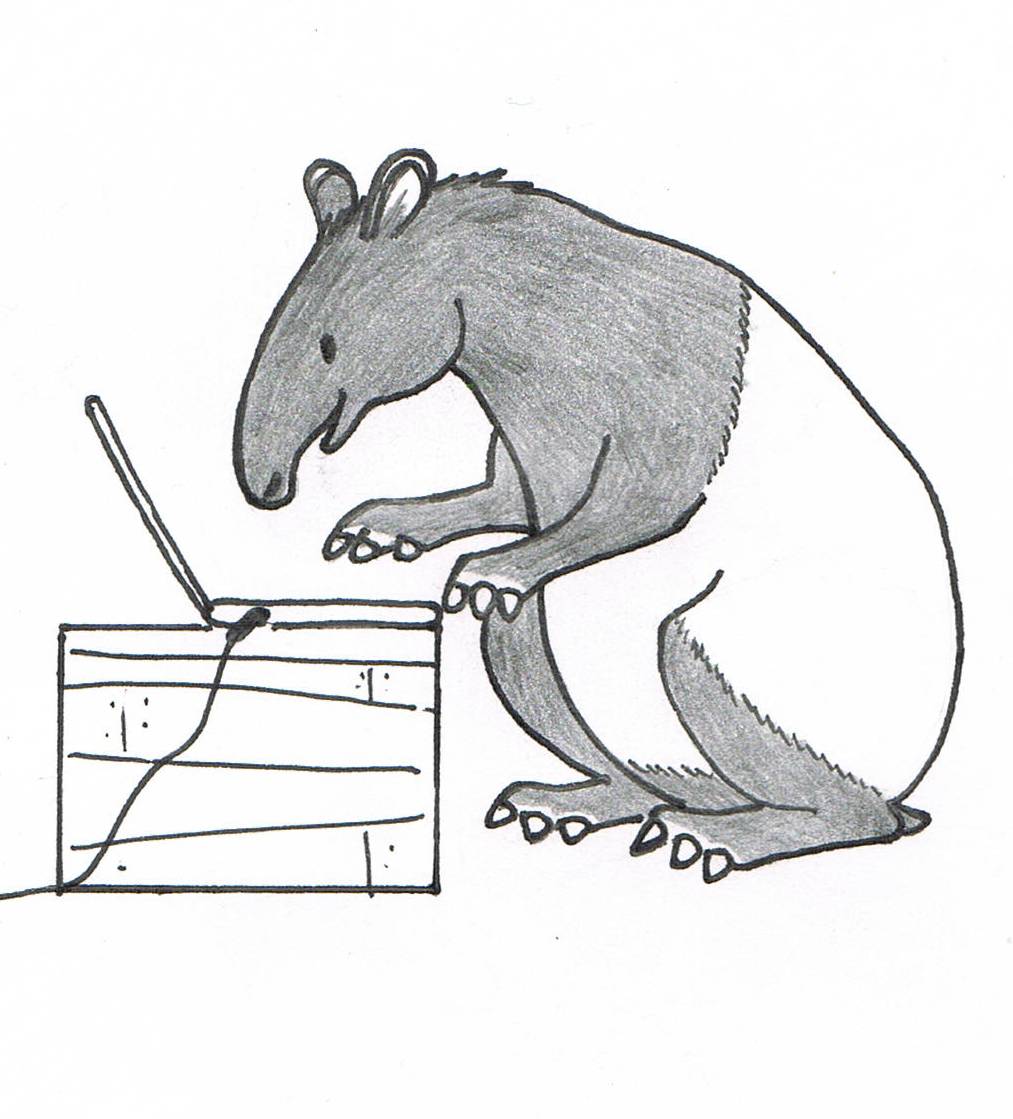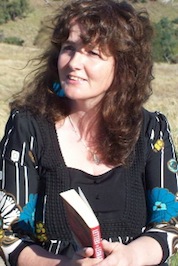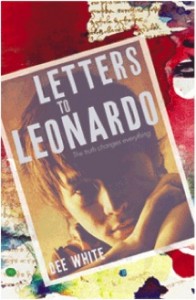 The theme for our current writing competition is Using Fact in Fiction. What does this really mean? It means that even made up stories often include parts of real life or things that are true.
The theme for our current writing competition is Using Fact in Fiction. What does this really mean? It means that even made up stories often include parts of real life or things that are true.
Depending on what kind of story you are writing, the amount of fact you use will vary.
You can find fact in fiction in many books including:
- Historical novels
- Novels and stories about real life
- Fantasy and spec novels which can be based on real places and events.
- Biographies/autobiographies which often have an element of fiction too because names and places are changed to protect people’s identities
When you think about the way you write, your stories are often based on your experiences of things that have really happened or people you have met.
My Young Adult novel, Letters to Leonardo is a made up story, but it’s based on something that really happened and some of the characters are based on real people I know.
I have also used Leonardo da Vinci’s real paintings to symbolise people and events in the story. The Mona Lisa for example is an enigma like Matt’s mother, but she is also a watching presence.
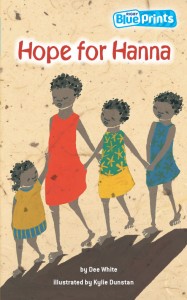 In his letters to Leonardo, Matt uses Leonardo da Vinci’s paintings to talk about things that are happening in his own life. It’s what connects them to each other.
In his letters to Leonardo, Matt uses Leonardo da Vinci’s paintings to talk about things that are happening in his own life. It’s what connects them to each other.
‘…that’s what I love about your Drapery Study, I never thought of clothes as having a life of their own – but they do. We all wear an outer layer to hide who we really are.’
Hope for Hannah is a fictional story but it’s based on things that have really happened to people and real places.
The cat in my book, Harry’s Goldfield Adventure is based on my own cat, Charlie…and the lifestyle of the miners is based on how people really lived back in those days.
- Look at one of your favourite books
- Make a list of the things you think could be based on real people, places or situations
- You might like to try using things from this list to write a completely different story
If you’d like to enter our Using Fact in Fiction writing competition, you can find out more information about it here.
Happy writing:)
Dee


